
How Switzerland’s parliament has evolved over 50 years
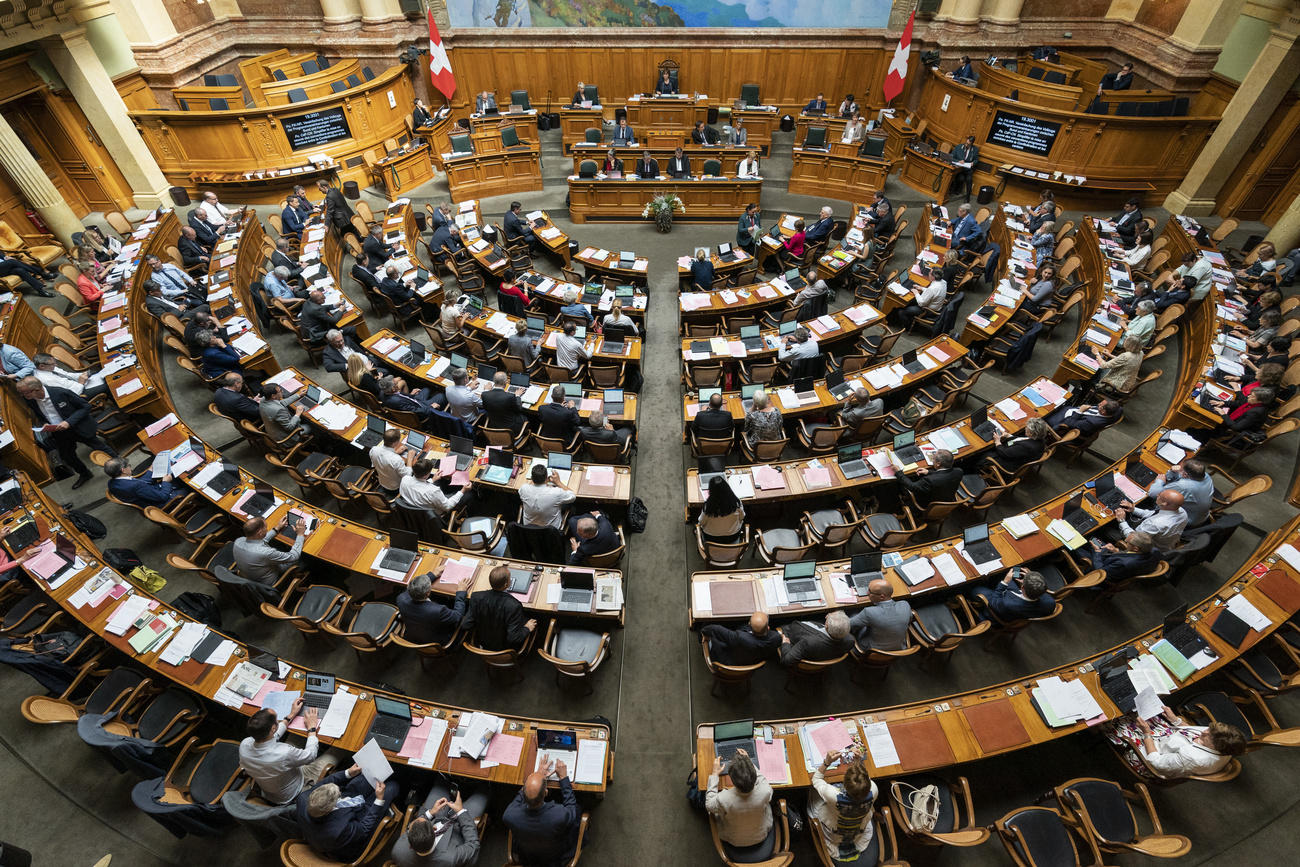
On October 20 of this year, Swiss citizens will go to the polls to elect their new parliament. Here’s a visual overview of how the political forces in the House of Representatives have shifted over the past half-century.
The main takeaway is that the balance of power in Swiss parliament has remained very stable, despite elections every four years to choose the 200 members of the House of Representatives and the 46 senators.
However, as the below graphic shows, the balance of power in the House of Representatives has seen continual slight variations since 1971, whether through the strengthening of small groups, the emergence of new movements, or the weakening of others.
Overall, not only since 1971 but since 1919, the parliament has been remarkably stable when it comes to representation from the country’s four major parties: the Radical-Liberals (centre-right), Christian Democrats (centre-right), People’s Party (conservative right), and Social Democrats (centre-left).
Reshuffle to the right
At the end of the 1990s, more significant changes began to take shape, particularly within the establishment parties, says Georg Lutz of the University of Lausanne.
“The People’s Party managed to attract a more conservative electorate, thanks to shifting concerns following the end of the Cold War. Now, part of the Swiss population saw the biggest threat not as coming from Communism, but from globalisation, foreigners, and the European Union,” he says.
The People’s Party moved into the gap, using these concerns to attract a more right-wing electorate. “It was not a case of citizens turning towards the right, rather a case of a change in the structure of the traditional parties,” explains Lutz.
New movements
Then, from 2007, new centre-right groups began to take shape: the Conservative Democratic Party (split from the People’s Party) and the Liberal Greens (centrist ecologists).
“All throughout history, there have always been small parties who managed to succeed at certain points,” says Lutz. “The Greens, for the moment, are the only ones who managed to emerge and consolidate over the longer run.”
The political scientist reckons that the relatively stable political make-up of Swiss parliament is unlikely to be overturned by the upcoming elections. Polls suggest shifts in party power of 2-3%, minimal compared to other countries.
But these small shifts could have larger consequences.
“The People’s Party and the Radical-Liberals could lose their majority in the House of Representatives,” says Lutz. “With a strong push from the Greens, the parliament could slide a little towards the left”.
Translated from French by Domhnall O’Sullivan, swissinfo.ch

In compliance with the JTI standards
More: SWI swissinfo.ch certified by the Journalism Trust Initiative


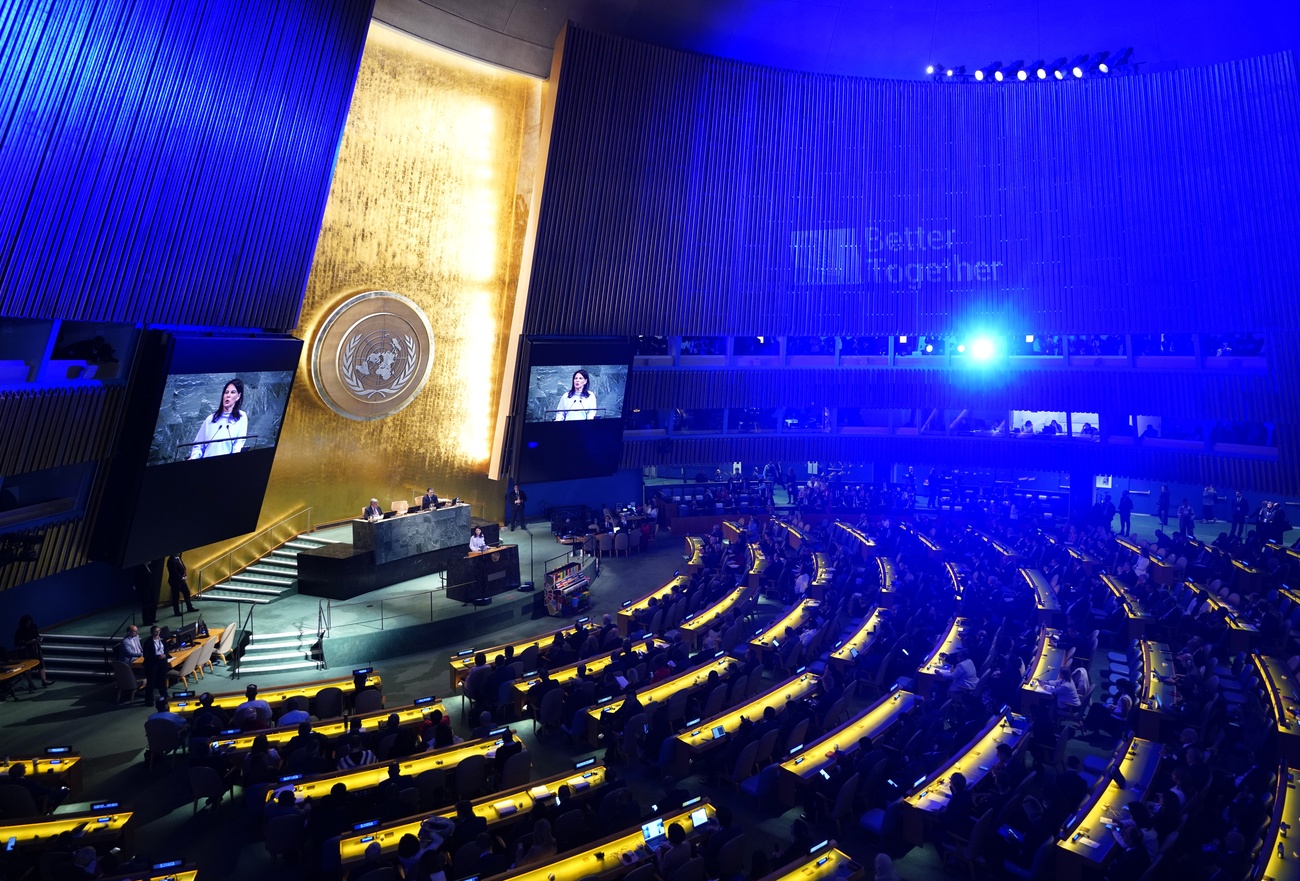


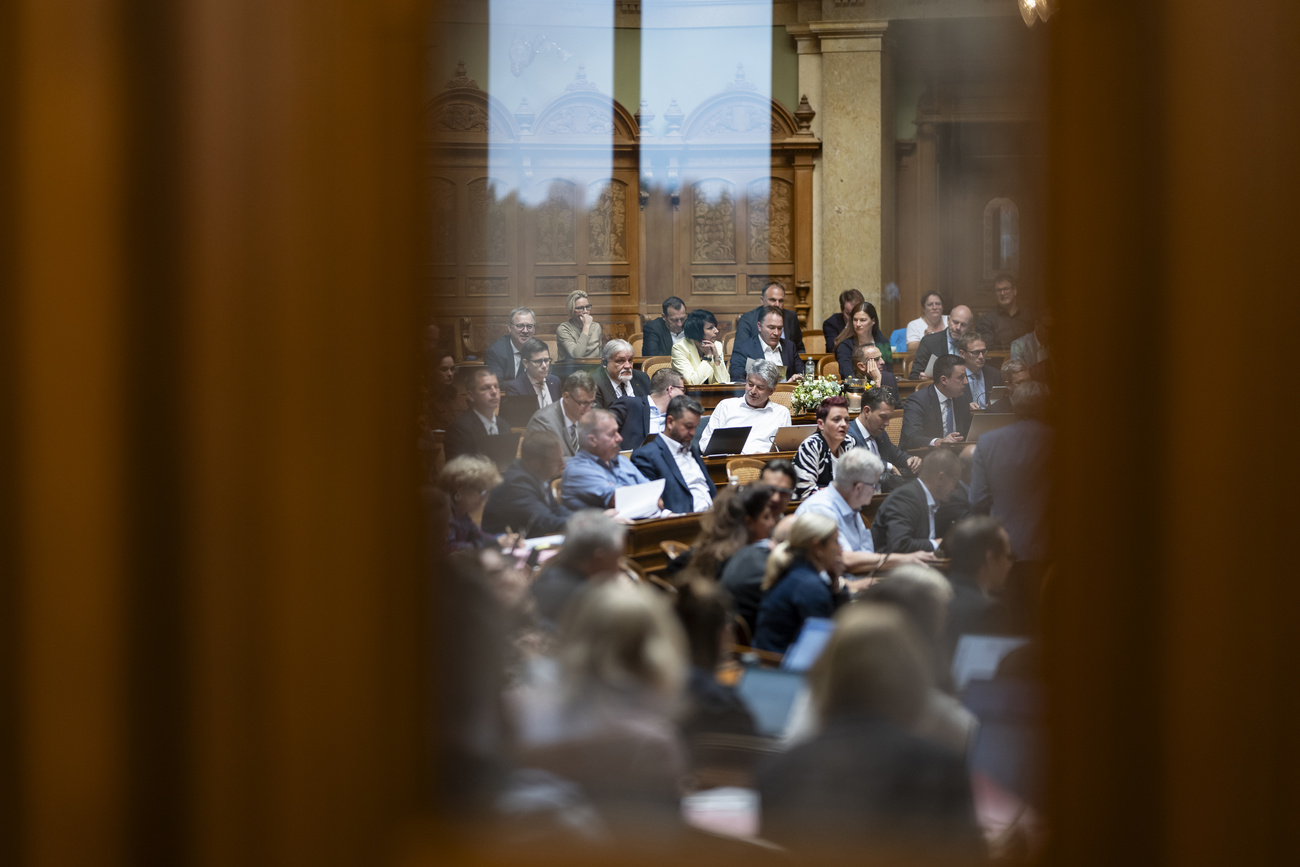
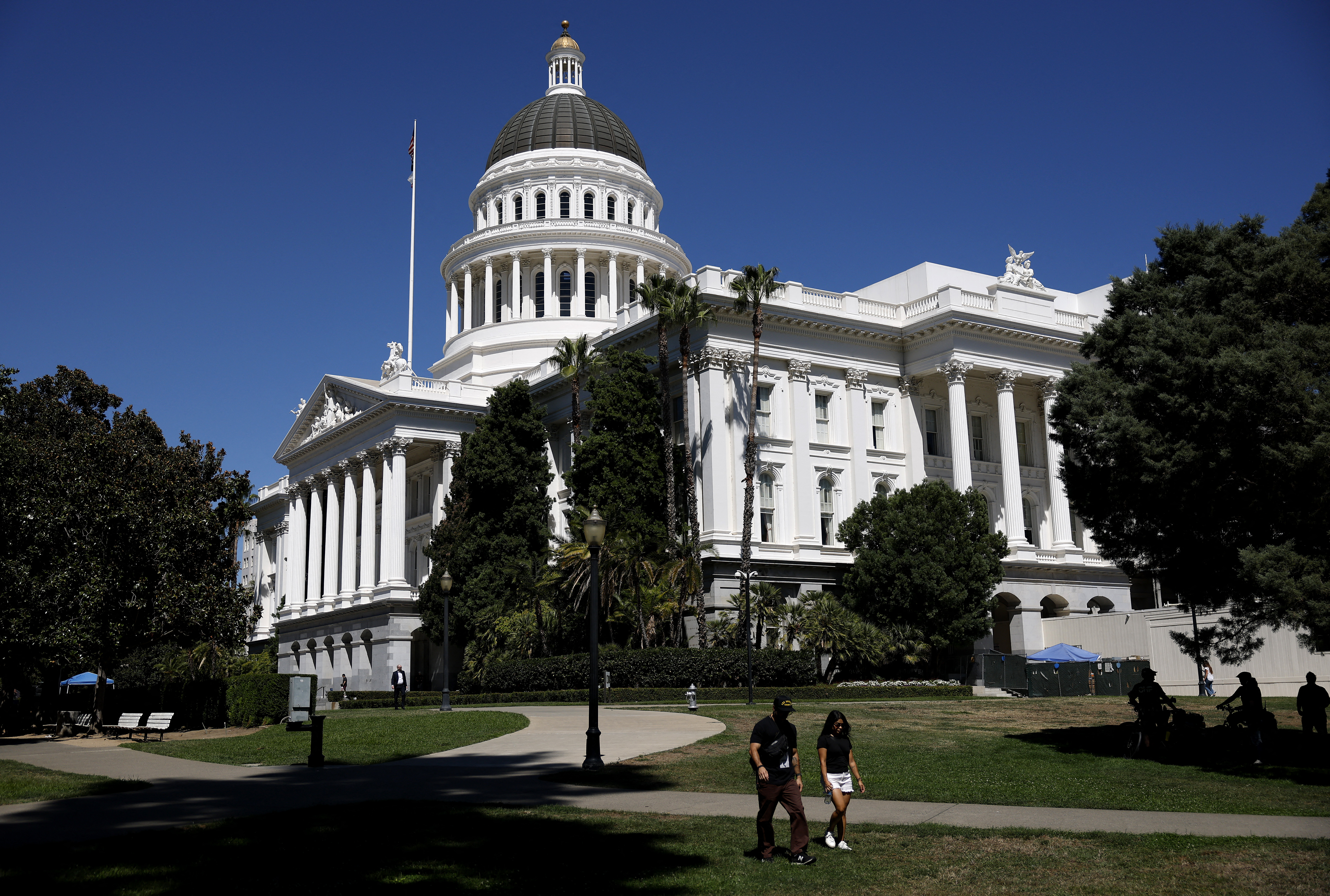
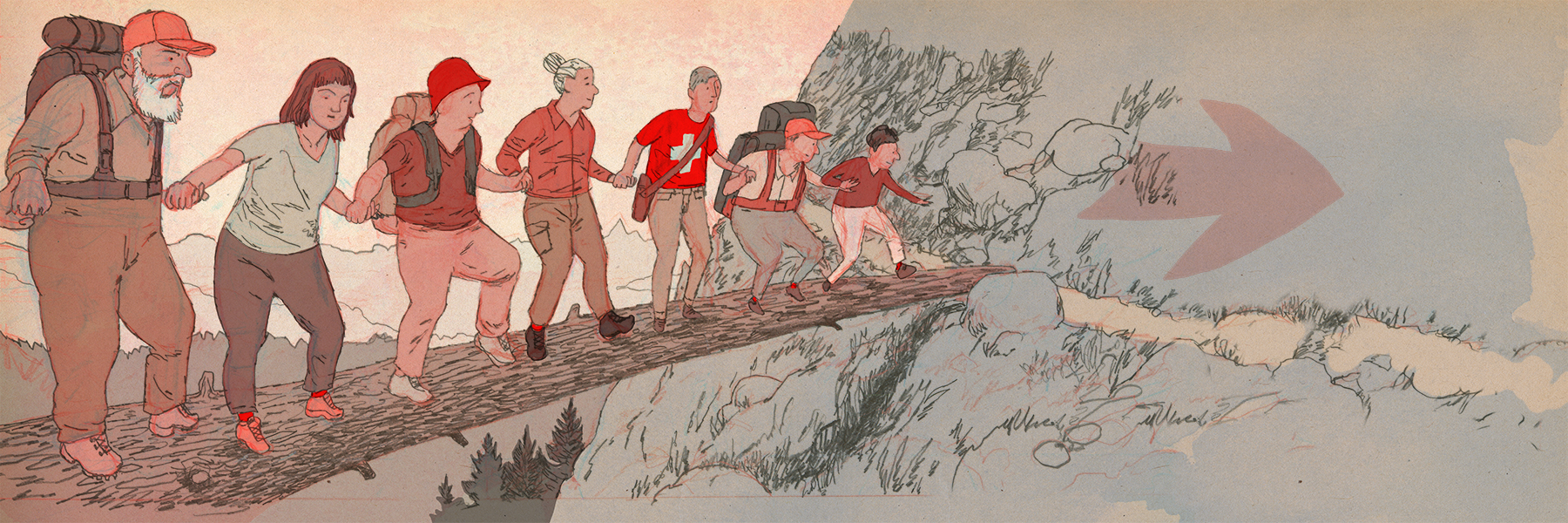






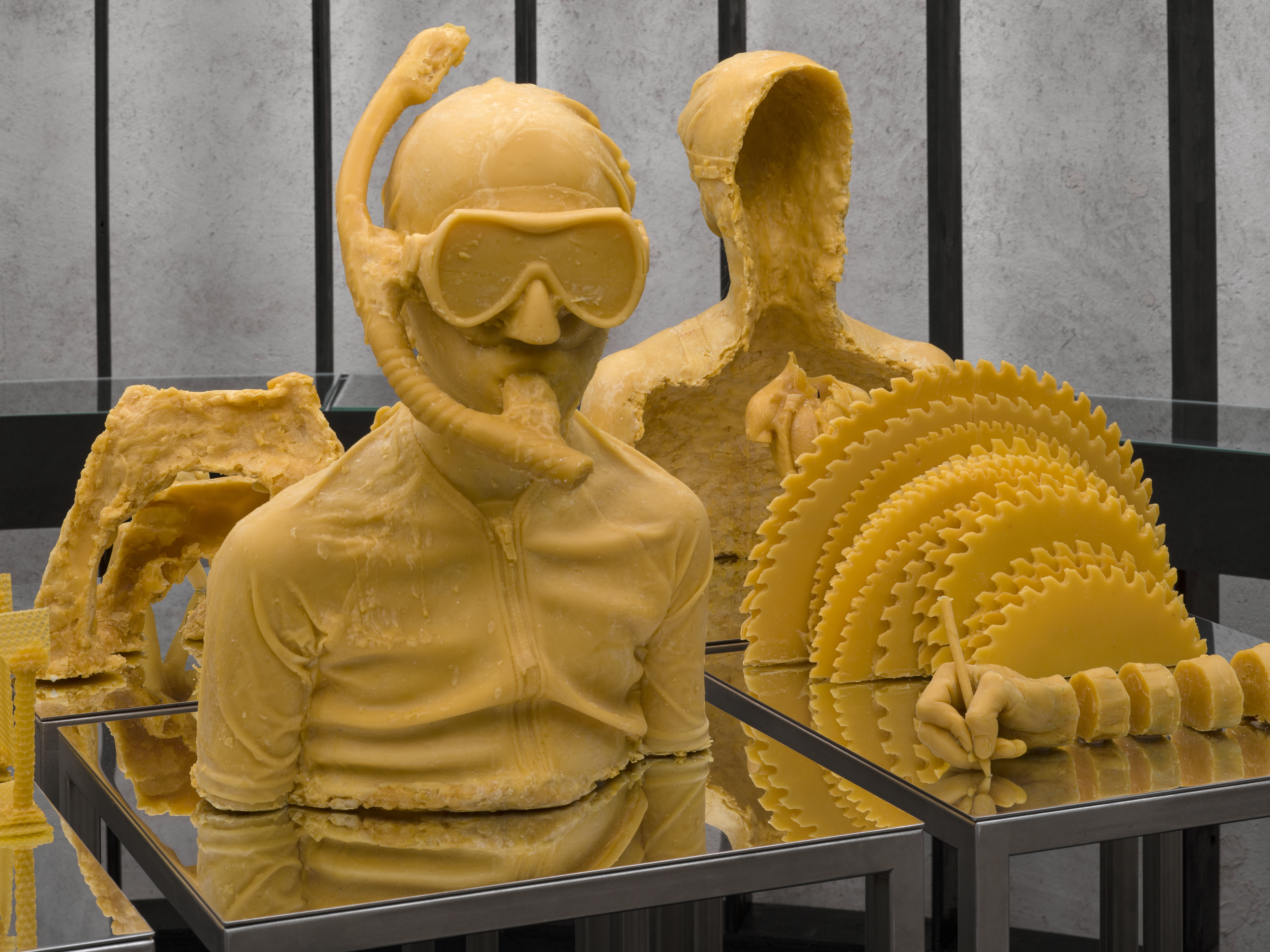
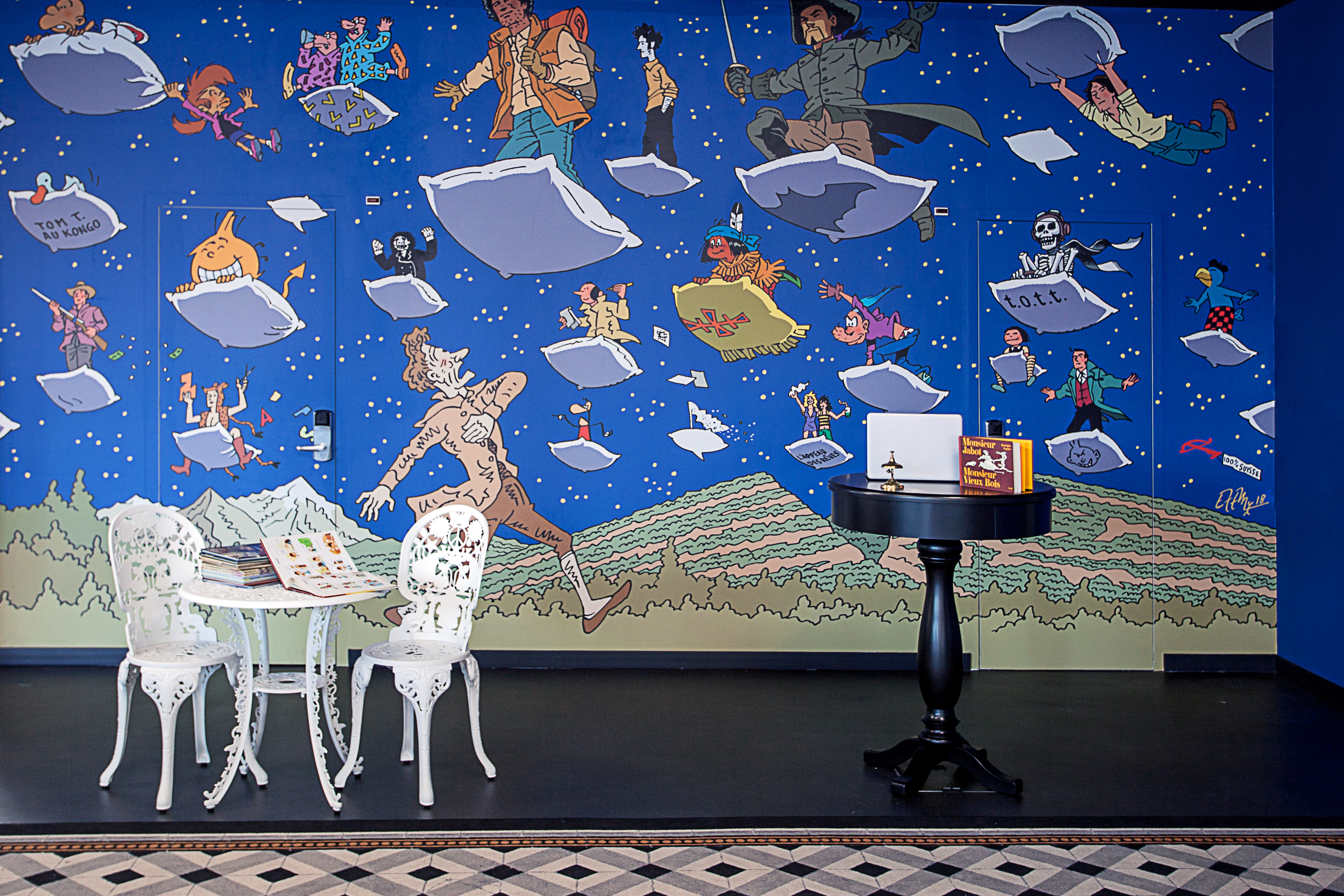















You can find an overview of ongoing debates with our journalists here . Please join us!
If you want to start a conversation about a topic raised in this article or want to report factual errors, email us at english@swissinfo.ch.